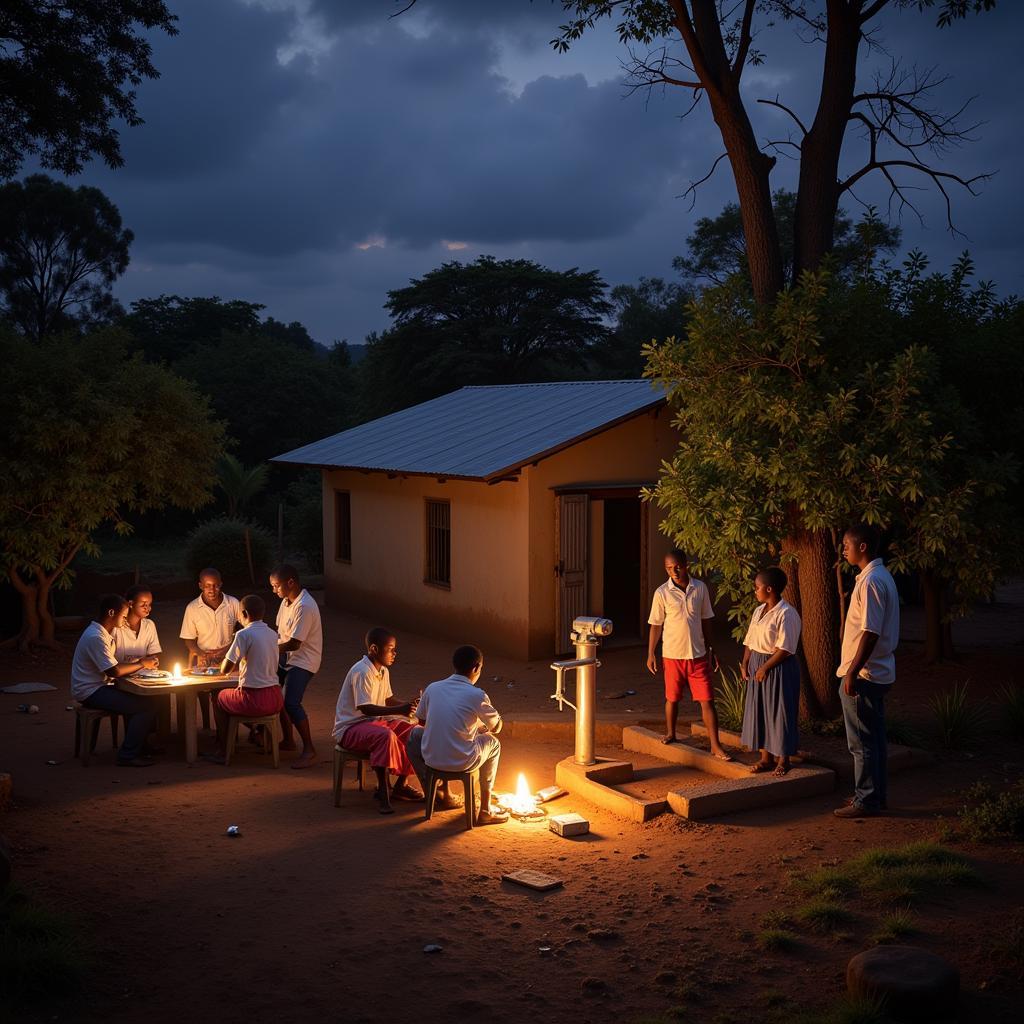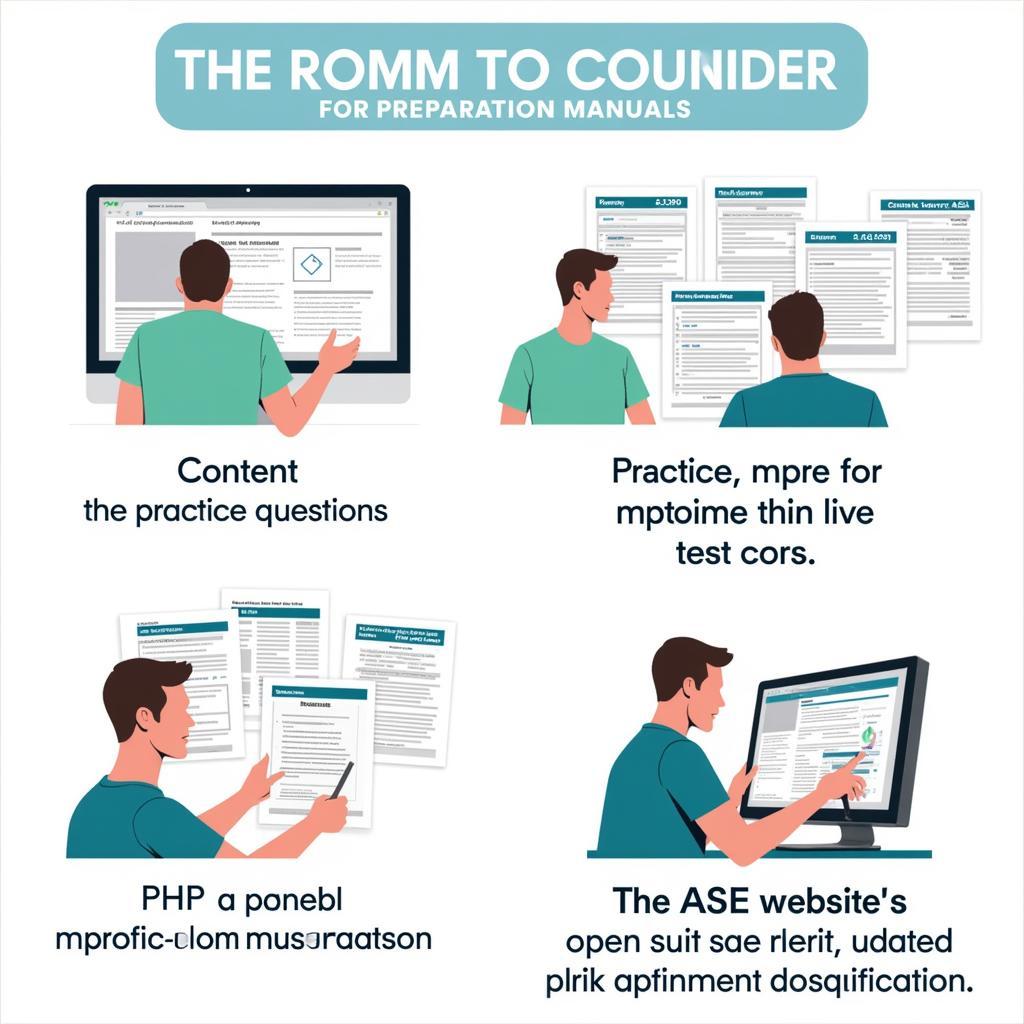ASEAN nations have agreed to deepen disaster risk financing and insurance cooperation. This landmark decision comes as the region faces increasing climate-related challenges and aims to strengthen regional resilience against natural disasters. The agreement focuses on enhancing collaboration in various aspects of disaster risk financing and insurance.
The Importance of Disaster Risk Financing and Insurance in ASEAN
Southeast Asia is one of the most vulnerable regions in the world to natural disasters. From typhoons and floods to earthquakes and volcanic eruptions, the diverse geography of the region exposes its population and economies to significant risks. The impact of these disasters can be devastating, causing loss of life, widespread damage, and economic disruption. Disaster risk financing and insurance mechanisms are crucial tools for mitigating these risks and ensuring a swift recovery.
Why ASEAN Needs a Coordinated Approach
A coordinated regional approach to disaster risk financing and insurance offers several advantages:
- Pooling resources: Sharing the financial burden of disaster response and recovery across member states.
- Knowledge sharing: Facilitating the exchange of best practices and expertise in disaster risk management.
- Negotiating power: Strengthening ASEAN’s position in international negotiations on climate finance.
- Faster response: Streamlining procedures for accessing funds and providing timely assistance to affected communities.
Key Areas of Cooperation
The agreement outlines several key areas of cooperation among ASEAN member states:
- Developing regional risk pools: Exploring the feasibility of establishing regional insurance mechanisms to share disaster risks.
- Promoting microinsurance: Expanding access to affordable insurance products for vulnerable communities.
- Strengthening capacity building: Providing technical assistance and training to enhance disaster risk management capabilities.
- Improving early warning systems: Investing in advanced technologies for early detection and prediction of natural disasters.
- Enhancing post-disaster recovery: Developing strategies for efficient and sustainable post-disaster reconstruction.
How Will This Impact Individual Nations?
The deepened cooperation will translate into tangible benefits for individual ASEAN nations, such as improved access to international funding, enhanced disaster preparedness, and reduced economic losses from natural disasters.
“This agreement is a significant step forward for ASEAN,” says Dr. Anya Sharma, a leading expert in disaster risk management at the ASEAN Institute for Disaster Management. “It demonstrates the region’s commitment to building resilience and protecting its citizens from the increasing threat of natural disasters.”
Challenges and Opportunities
While the agreement marks a significant milestone, several challenges remain:
- Harmonizing regulations: Different legal frameworks and insurance regulations across member states need to be addressed.
- Securing funding: Mobilizing sufficient financial resources to implement the agreed-upon initiatives is crucial.
- Engaging the private sector: Leveraging the expertise and resources of the private sector in disaster risk financing.
However, the agreement also presents significant opportunities:
- Innovation in insurance products: Developing innovative insurance solutions tailored to the specific needs of the region.
- Regional leadership: Positioning ASEAN as a global leader in disaster risk financing and insurance.
- Sustainable development: Integrating disaster risk reduction into national development plans.
“The private sector has a critical role to play in supporting ASEAN’s disaster risk financing initiatives,” adds Mr. Kenji Tanaka, CEO of a major regional insurance company. “By working together, we can create sustainable solutions that benefit both businesses and communities.”
 Future of Disaster Preparedness in ASEAN
Future of Disaster Preparedness in ASEAN
Conclusion
ASEAN’s agreement to deepen disaster risk financing and insurance cooperation is a crucial step towards building a more resilient region. By working together, ASEAN member states can better protect their citizens and economies from the devastating impacts of natural disasters. This collaborative approach will be essential in navigating the challenges and capitalizing on the opportunities presented by the increasing risks associated with climate change.
FAQ
- What is disaster risk financing?
- Why is insurance important for disaster risk reduction?
- How will this agreement benefit ASEAN citizens?
- What are the main challenges in implementing this agreement?
- How can the private sector contribute to disaster risk financing in ASEAN?
- What is the role of technology in disaster risk management?
- How can I learn more about ASEAN’s disaster risk reduction initiatives?
Need support? Contact us 24/7: Phone: 0369020373, Email: [email protected], or visit us at: Thon Ngoc Lien, Hiep Hoa, Bac Giang, Vietnam.


